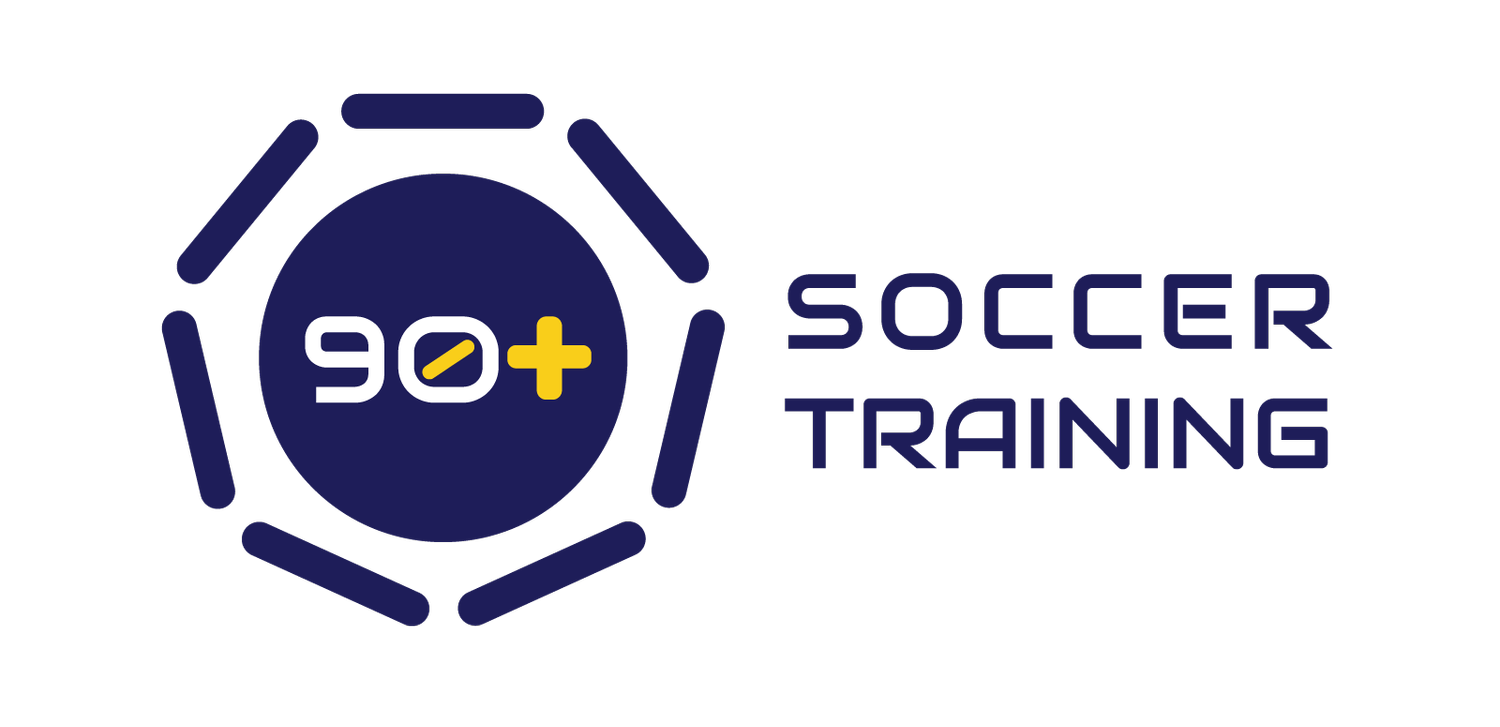Soccer Technology: THe Future of player development.
Soccer is evolving and the impact of technology on the sport is growing. There are many types of technology on the market right now for player and team development. There are lots of products and programs on the market with technology that claim to accelerate player development and build your player’s skills. Some are great and helpful, others fall short of their far reaching claims. In this article, we dive into the world of soccer technology and why some tools are game-changers for player development.
Types of measurement in development technology.
There are lots of ways to use tech to measure performance, track performance, and deliver actionable insights to support player development. We’re only going to talk about soccer specific performance - think soccer technical or cognitive skills rather than overall speed, force, quickness, etc. We’ll post and link a different article that will go over physical performance technology.
1) Active “KPI” Led Measurement
2) Past Performance Evaluation
1st Division French professional team Lyon training with Elite Skills Arena Technology during a talent identification event.
Active “KPI” Led Measurement:
If you’re unfamiliar KPI stands for “Key Performance Indicator”. These types of technology and analysis give active insights into specific statistics that can have an impact on future player or team performance.- I like to refer to these as leading indicators. These measurements can be used to deliver insights to inform an intervention to impact future performance outcomes. For example, for an olympic sprinter a leading indicator measurement would be their acceleration, peak velocity, and their velocity when they start. Those metrics give direct insight to the persons abilities - if they were to improve all of those by .5% then they will increase their likelihood of success. We’ll discuss examples in soccer down below - don’t you worry.
Past Performance Evaluation
These types of technology are the most prevalent on the market they come in the form of wearable technology or video analysis. These use performance in game or training as a means to evaluate player’s abilities - I like to call these lagging indicators. These give insight into quantitative metrics such as total distance covered during a match, or number of touches on the ball, peak heart rate, passes completed, time on the ball, etc.
REview of tech tools in soccer.
Now that you have a basic understanding of the types of measurements and insights that technology can give us access to let’s look at real tech in soccer.
Video Camera Technology:
Benefits: Capture footage of games, video analysis for teams to understand tactics, create highlight reels for recruitment.
Measurements: Team statistics with personal stat capabilities such as possession, completed passes, touches in the box, and shots on goal.
Companies: Veo, Trace, Spiideo, Hudl, Pixellot
Player Development Review:
Video analysis is a powerful way for players to grow their understanding of the game, their role, and see their mistakes and wins. While it can be useful for teaching and learning its effectiveness is dependent on who is analyzing, reviewing, and communicating those learning lessons. Video analysis in soccer currently is a great example of a past performance evaluation tool (lagging indicator). The metrics captured and promoted by these devices as player development tools aren’t really effective means of player development. For example, can you determine any idea of the quality of a player based on how much distance they covered during a game or how many completed passes they made? Even pass completion percentage is not an effective measurement because it will be extremely variable based on the competition.
Wearable Technology:
Benefits: Gain insights on physical metrics and utilize to understand workload and effectiveness of training sessions / games.
Measurements:
Training Technology:
Companies: Skills.Lab Arena, COPA STC - Cube, Elite Skills Arena, Action-Lab Ai (Formerly 90+ Soccer Training)
Use this article in some way: https://pmc.ncbi.nlm.nih.gov/articles/PMC7919358/

